Cloud Spend Management: A Complete Guide for 2025
- Nitin Yadav
- Knowledge
About
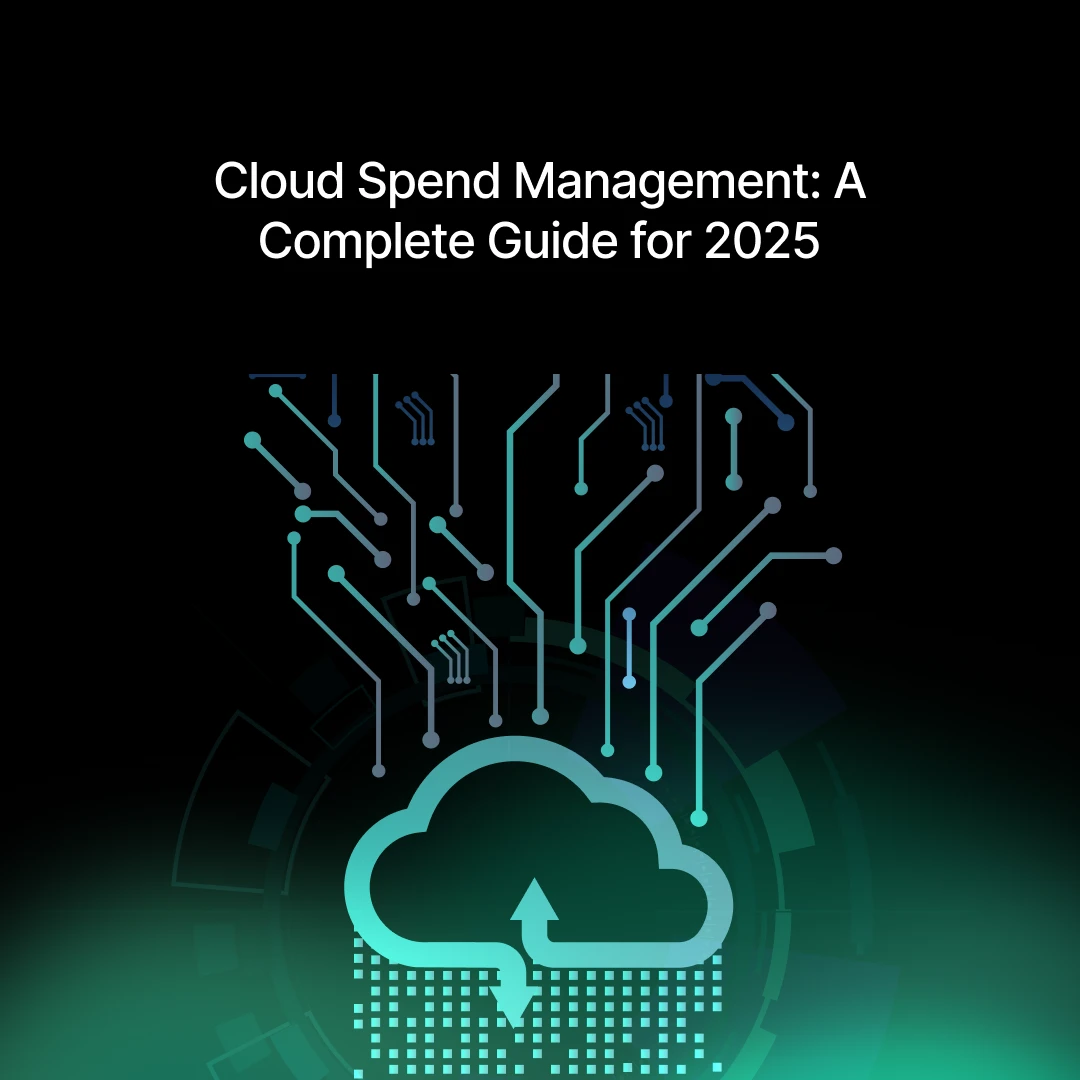
Cloud spend is rising in 2025. Learn key strategies, tools, and how SquareOps helps optimize and control cloud costs.
Industries
- AWS cost management, Cloud cost optimization, Cloud spend management, FinOps tools, Kubernetes cost tools, Multi-cloud budgeting
Share Via
Introduction
Cloud computing revolutionizes the way businesses grow, innovate, and serve. But with this agility comes an urgent need to manage and optimize cloud spend. In 2025, cloud bills are skyrocketing, and so is the need for structured cloud spend management as companies move to multi-cloud, serverless, and Kubernetes-based architectures.
Key challenges and optimization techniques are covered as well, along with tools and strategies, followed by how SquareOps lets you take control of your spend and reduce cloud costs without compromising performance and delivering an efficient product.
What is Cloud Spend Management?
Cloud spend management involves understanding, analyzing, optimizing, and governing the usage and costs of cloud services within an organization. It provides a lot more than just simple monitoring, enabling deep cost visibility, budget enforcement, resource optimization, and cross-functional accountability across several teams, such as Engineering, Finance, and DevOps.
Cloud spend differs from traditional IT budgeting, it’s dynamic, decentralized, and usage-based, which complicates cost control. This is the reason many modern organizations are implementing cloud spend management frameworks to ensure that they align consumption with business goals.
Key Challenges in Managing Cloud Spend (2025)
Although awareness around cloud spend is increasing, many organizations continue to battle with cloud spend management. Common challenges include:
- Cost unaware: Teams haven’t a clue what they’re spending and why.
- Unused, underutilized resources: Idle VMs, unattached storage, and zombie services add to cost.
- Complex billing structures: Every cloud provider has its unique structure, pricing, and nomenclature.
- Multi-cloud complexity: Managing usage by AWS, Azure, and GCP makes reporting and governance hard.
- Lack of accountability: Engineering teams focus on spending, while Finance focuses on cost, with no collaborative effort in between.
These challenges show that cloud cost control can no longer be an afterthought it needs to be built into your cloud strategy.
Fundamental Elements of Successful Cloud Expense Management
The following pillars will ensure you build a successful cloud spend management framework:
Visibility
You can’t optimize what you can’t measure. Real-time dashboards, detailed usage reports, and granular allocation by service, team, or region are must-have features.
Accountability
Facilitate understanding and ownership of cloud spend at the team, product, or business unit level. Transparency is promoted by chargeback and showback models.
Optimization
The rightsizing of resources, scrubbing unused assets, and automation guarantees you are only paying for what you use.
Governance
Establish guardrails through budget limits, tagging policies, and automation capabilities to minimize overspending proactively.
FinOps Alignment
FinOps (Financial Operations) is a cross-functional operating model that unites Engineering, Finance, and Ops to accelerate cost efficiency.
Cloud Spend Management Tools to Look Out for in 2025
There is an expanding ecosystem of tools focused on tracking and optimizing cloud spend. Here are the top platforms divided into native vs. third-party solutions.
Native Cloud Tools
- AWS Cost Explorer & AWS Budgets: Charts all spending by service, region, or tag. Supports threshold alerts and forecasting.
- Azure Cost Management: A built-in tool provided by Azure to track budgets, forecast costs, and allocate expenses per resource group.
- Google Cloud Billing Reports: Provides GCP usage data and visualization with custom filters and export capabilities.
Third-Party Spend Management Tools for Cloud Services
- Kubecost: Provides deep visibility into costs by pod, namespace, or label for Kubernetes environments.
- CloudHealth by VMware: An enterprise-grade platform for multi-cloud cost governance, budgeting, and policy enforcement.
- Finout: Links cloud cost data to business KPIs such as cost per customer or feature.
- Harness: CI/CD integrated with cost control, anomaly detection, and AI-powered insights.
- Spot by NetApp: Efficiently migrates workloads to cost-efficient compute instances.
- Apptio Cloudability: Built for mature FinOps teams, offering reports with financial and operational analytics.
Strategies to Optimize Your Cloud Spend
Without continuous optimization, cloud spend management only tells half of the story. Here are effective strategies for real savings:
- Rightsizing Resources: Analyze usage continuously and downsize overly provisioned instances.
- Shutting Down Idle Resources: Non-production environments should be set to shut down in off-hours.
- Reserved or Spot Instances: Discounts for long-term commitments or fault-tolerant workloads.
- Cleaning Up Unused Assets: Remove orphaned storage volumes, unused load balancers, and expired snapshots.
- Cost Allocation (Tagging and Labeling): Establish firm tagging policies to ensure spend is allocated correctly.
How SquareOps Helps You Optimize Your Cloud Costs
SquareOps builds and manages a complete cloud spend management ecosystem for your business, not just a tool.
Our Services Include:
- FinOps Consulting & Maturity Assessments: Reviewing your existing cloud spend practices and defining a FinOps maturity roadmap.
- Tool Selection & Integration: Selecting and integrating cloud spend tools tailored to your organization.
- Automated Tagging & Budget Enforcement: Deploying tagging strategies and automated budget alerts that grow with your teams.
- Final Cleanup & Optimization: Actively auditing and removing unused resources while recommending savings opportunities.
- Regular Governance & Reporting: Custom dashboards, weekly/monthly cost reporting, and real-time cost guardrails.
Whether scaling a startup or optimizing an enterprise cloud estate, SquareOps has the strategy, tools, and expert support to meet your needs.
Conclusion
Cloud spend is no longer purely an operational consideration; it’s a strategic lever for innovation and profitability. As we progress through 2025, companies that overlook cloud spend management expose themselves to runaway costs, inefficiencies, and depleted margins.
Taking full control of cloud spend requires leveraging real-time visibility, smart automation, and cross-functional collaboration through FinOps. With trusted partners such as SquareOps, you can confidently implement these strategies.
Dynamically decreasing cloud expenses and maximizing ROI?
Contact SquareOps today to create and deploy a customized cloud spend management plan for your stack.
Frequently asked questions
Cloud spend management refers to the process of monitoring, analyzing, optimizing, and governing cloud costs to ensure efficient resource management and financial accountability across teams like Engineering, DevOps, and Finance.
With the rise of multi-cloud adoption and Kubernetes, cloud infrastructure is becoming more complex and costly. Cloud spend management helps eliminate overspending, minimize waste, and align cloud costs with business objectives.
Cloud cost monitoring focuses on tracking usage and costs, whereas cloud spend management includes budgeting, governance, optimization, and collaboration across teams to reduce unnecessary cloud expenses.
Top challenges include poor visibility, idle resources, inconsistent tagging, complex billing across providers, and a lack of shared accountability between engineering and finance teams.
Popular tools include AWS Cost Explorer, Azure Cost Management, Kubecost, CloudHealth, Finout, Harness, Spot by NetApp, and Apptio Cloudability, each catering to different use cases.
FinOps introduces accountability, visibility, and optimization, ensuring engineering, finance, and operations teams collaborate efficiently to control cloud costs.
Yes. Automated tools can shut down idle resources, rightsize workloads, enforce tagging, and set budgets or alerts, reducing human error and manual effort.
A consistent tagging strategy enables cost allocation by team, project, or business unit. Tools like Finout and Cloudability support showback and chargeback models.
SquareOps provides a 360-degree approach, including consulting, tool integration, cost governance frameworks, optimization automation, and FinOps enablement for cost-effective cloud management.
No. Startups and SMBs benefit just as much, if not more, by implementing best practices early to avoid cost sprawl and improve operational efficiency.
Related Posts
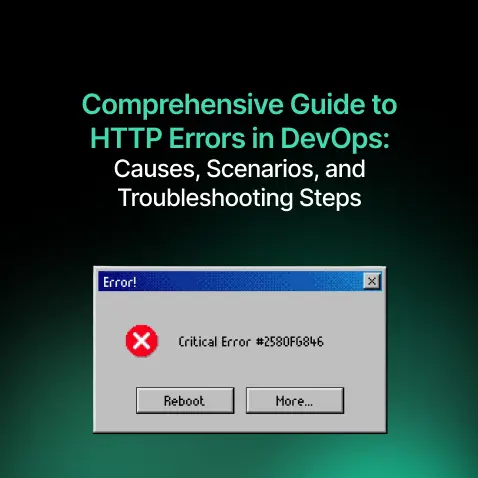
Comprehensive Guide to HTTP Errors in DevOps: Causes, Scenarios, and Troubleshooting Steps
- Blog

Trivy: The Ultimate Open-Source Tool for Container Vulnerability Scanning and SBOM Generation
- Blog
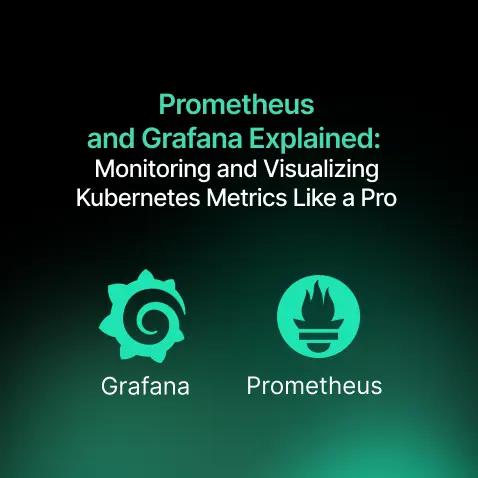
Prometheus and Grafana Explained: Monitoring and Visualizing Kubernetes Metrics Like a Pro
- Blog
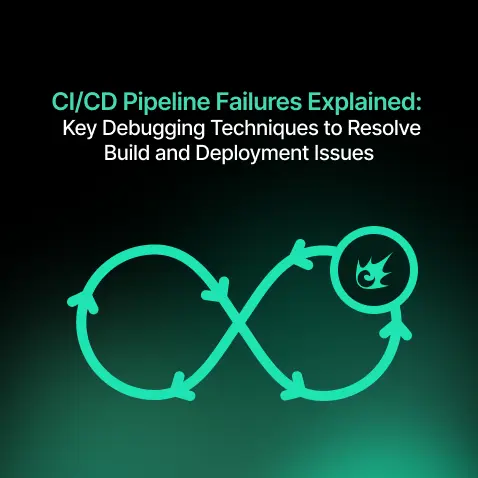
CI/CD Pipeline Failures Explained: Key Debugging Techniques to Resolve Build and Deployment Issues
- Blog
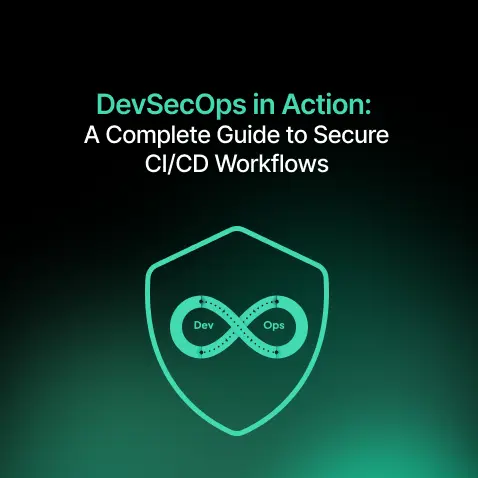
DevSecOps in Action: A Complete Guide to Secure CI/CD Workflows
- Blog
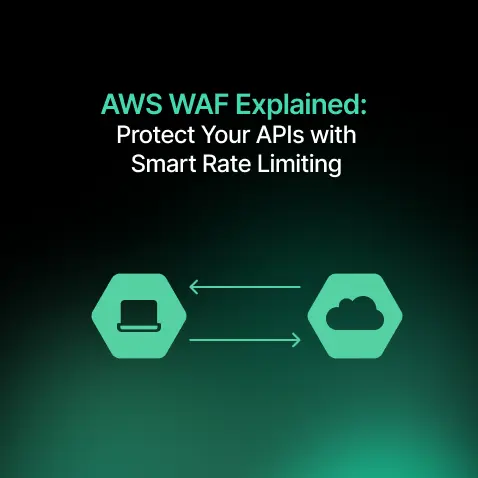
AWS WAF Explained: Protect Your APIs with Smart Rate Limiting
- Blog

